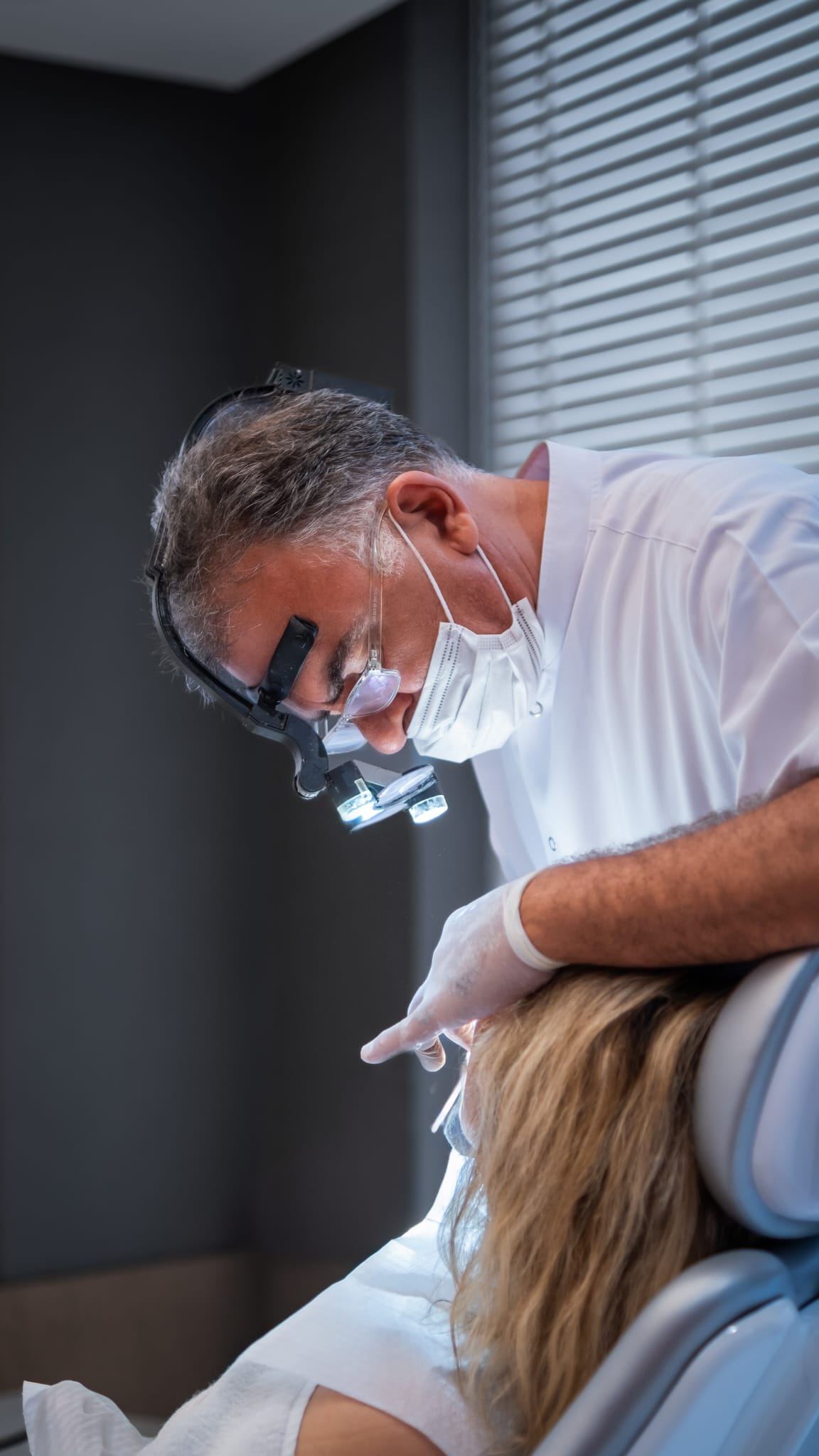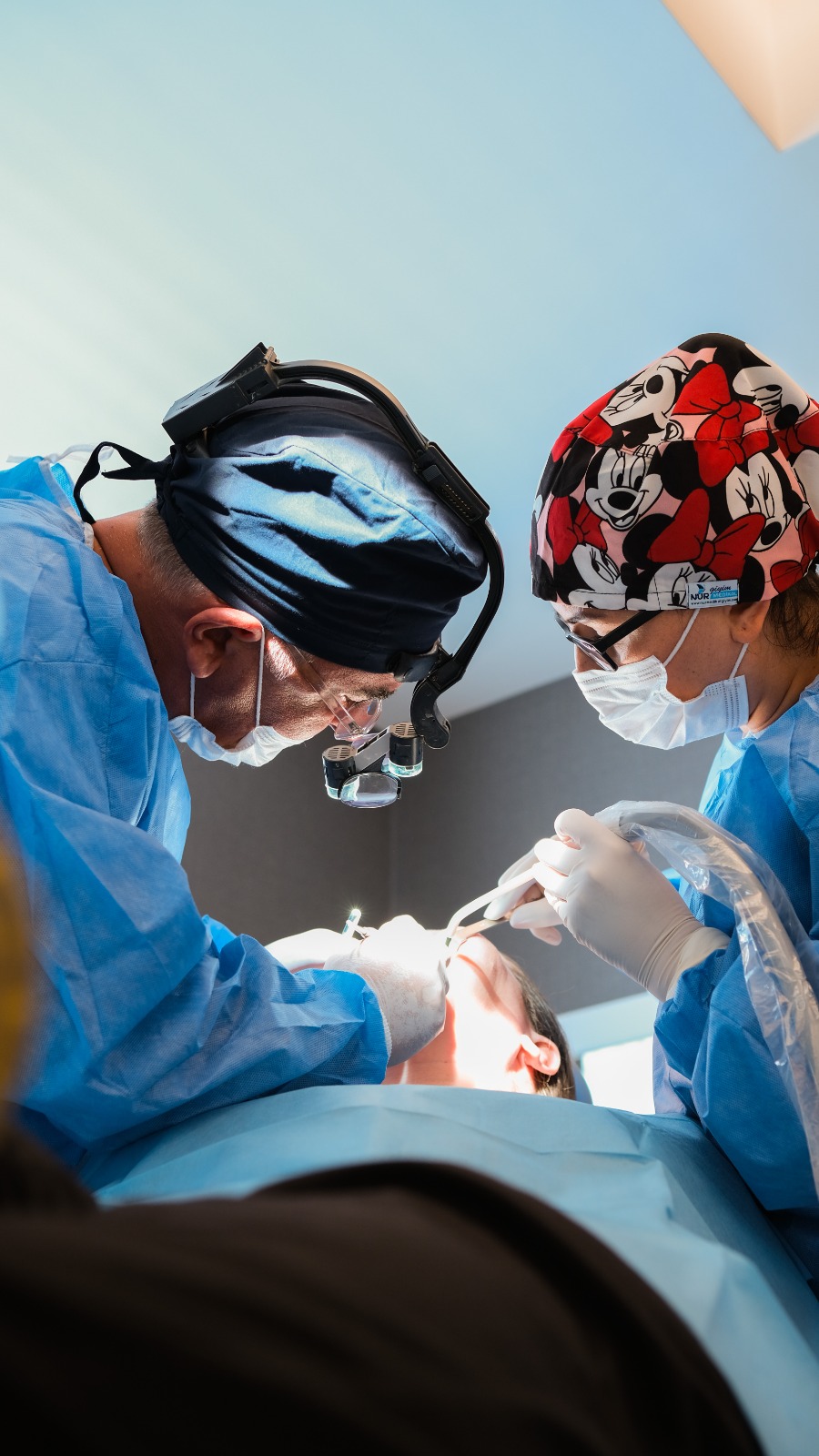Dental Treatments Under General Anesthesia
A fearless, painless, and comfortable dental treatment experience.

General anesthesia is an ideal solution for patients with dental anxiety or those requiring lengthy procedures. This method allows the patient to undergo treatment without feeling any pain. With a comfortable and safe process, you can easily achieve a healthy smile.

What is General Anesthesia?
General anesthesia involves putting the patient to sleep in a controlled manner. This ensures that the patient feels nothing during the treatment and is unaware of the procedures being performed. It is a reliable method used not only in dental treatments but also in many medical operations.
When is Dental Treatment Under General Anesthesia Preferred?
- Patients with severe dental anxiety
- Individuals with disabilities (who have difficulty cooperating)
- Children (especially when multiple cavities need treatment)
- Long procedures (implants, multiple tooth extractions, prosthetic applications)
- Patients with low pain threshold
In these cases, general anesthesia facilitates the treatment process for both the patient and the dentist.
Dental Treatments That Can Be Performed Under General Anesthesia
- Multiple tooth extractions
- Surgery of impacted wisdom teeth
- Implant procedures
- Root canal treatments
- Fillings and crowns
- Children’s dental treatments
In short, all dental treatments can be performed completely pain-free for the patient.
Advantages of General Anesthesia
- Completely painless and comfortable: The patient feels nothing.
- Time-saving: Multiple procedures can be performed in a single session.
- Convenient for the dentist: The procedure progresses uninterrupted while the patient is asleep.
- Prevents trauma: A safe solution, especially for children and adults with dental phobia.
Is General Anesthesia Safe?
Yes. General anesthesia is always administered by a specialist anesthesiologist with proper equipment support. The patient’s vital functions are monitored throughout the procedure. Prior to the procedure, the patient’s medical history is reviewed, and necessary tests are conducted. Therefore, it is a reliable and controlled method.
Preparation Before General Anesthesia
- Fast for approximately 6–8 hours before the procedure.
- Inform the dentist of any regularly used medications.
- Chronic conditions (heart, diabetes, blood pressure) must be evaluated.
Recovery After General Anesthesia
- The patient is awakened after the procedure and observed for a few hours.
- Usually discharged on the same day.
- Mild drowsiness may occur on the first day, but normal daily activities resume shortly.
- Following the dentist’s care instructions accelerates recovery.








